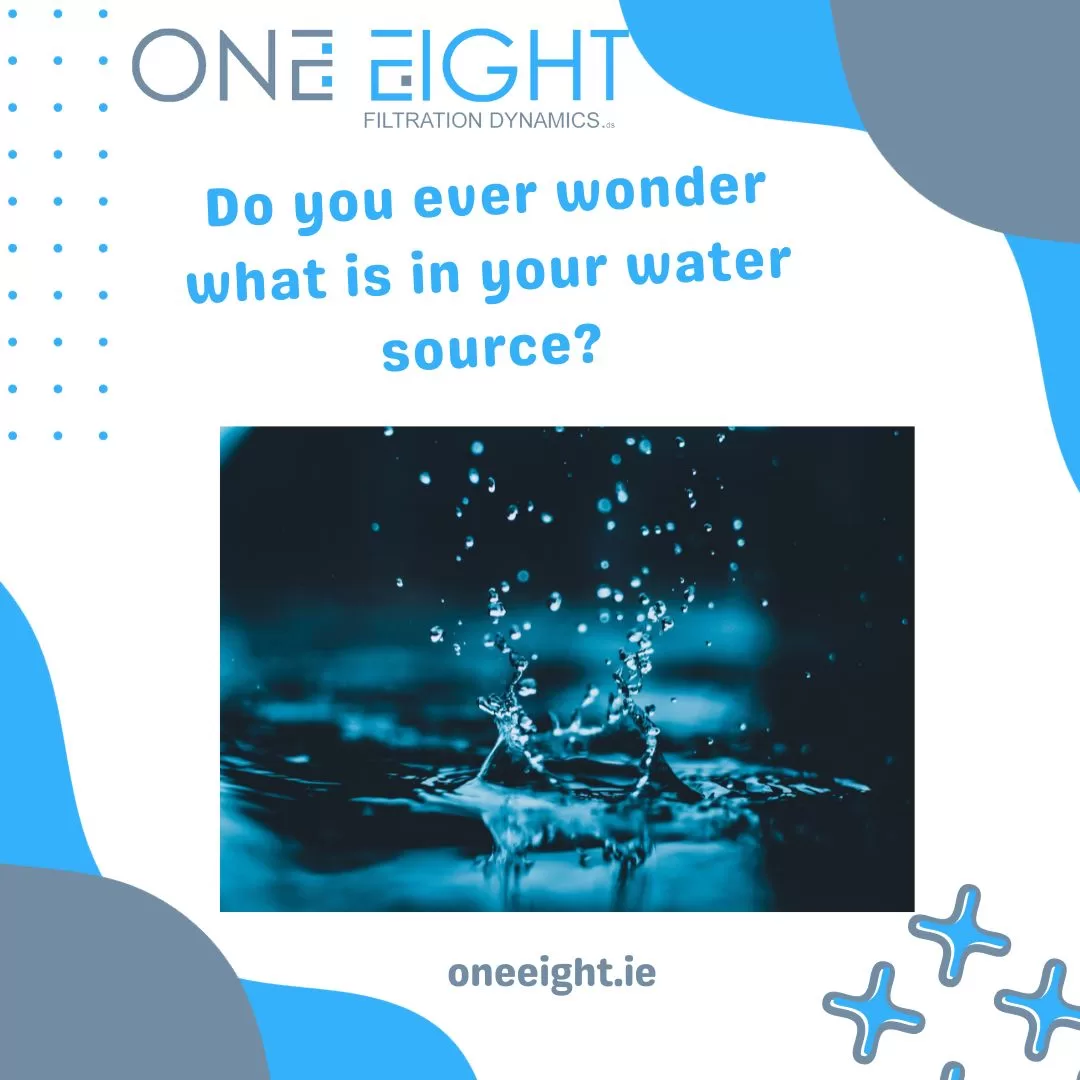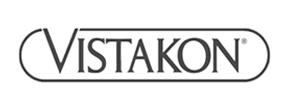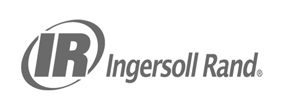Have you ever stopped to think about what is in the water that flows out of your tap? Most of us take clean and safe drinking water for granted, but have you ever wondered about the contents of your public water source? Here at One Eight, we deal with it daily and in this blog, we will delve into the various components and contaminants that can be found in public water supplies
- Water Source: Public water supplies typically draw water from various sources such as rivers, lakes, reservoirs, groundwater, or even a combination of these. The quality of the source water can vary greatly depending on its origin, which is why thorough testing and treatment are crucial.
- Treatment Processes: Public water treatment facilities play a vital role in ensuring the water that reaches your home is safe to drink. They employ a multi-step process that includes but are not limited to the following:
- Coagulation and Flocculation: Chemicals are added to the water to help particles clump together, making them easier to remove.
- Sedimentation:The water is allowed to sit, allowing larger particles to settle to the bottom.
- Filtration: The water passes through various filters to remove smaller impurities.
- Disinfection:Commonly, chlorine or chloramine is added to kill harmful microorganisms like bacteria and viruses.
- pH Adjustment:The pH of the water is adjusted to reduce corrosion in pipes.
- Fluoridation:In some areas, fluoride is added which is set at between 0.6-0.8 parts per million (ppm) or milligrams per litre (mg/l)
- Contaminants: While treatment processes are effective at removing many impurities, some contaminants may still be present in trace amounts. These can include:
- Microorganisms: Despite disinfection, some microorganisms may survive in low numbers.
- Disinfection Byproducts (DBPs):The reaction between disinfectants like chlorine and organic matter in the water can form DBPs, which may be harmful in high concentrations.
- Inorganic Compounds:These can include heavy metals like lead, arsenic, and mercury, as well as minerals like calcium and magnesium (which contribute to water hardness).
- Organic Compounds:These can come from agricultural runoff, industrial discharges, or naturally occurring organic matter, and may include pesticides, solvents, and pharmaceutical residues.
- Radionuclides:Naturally occurring radioactive materials can be found in some water sources.
- Emerging Contaminants:These include substances like pharmaceuticals and personal care products, which are increasingly being detected in water supplies.
- Regular Testing and Monitoring : To ensure the safety of public water supplies, rigorous testing and monitoring are conducted by water authorities like Irish water. This ensures that contaminants are within acceptable limits and that the water meets regulatory standards.
Your Role
As a consumer, you can also take steps to further ensure the quality of your drinking water. This may include using a drinking water filter or Reverse Osmosis system which have become very affordable and are certified to remove specific contaminants, periodically testing your water, and being mindful of water conservation to reduce the strain on local water sources.
Public water supplies go through extensive treatment processes to provide us with safe and clean drinking water. While there may be trace contaminants, the overall quality of public water is closely monitored and regulated. It’s essential to stay informed about the quality of your local water supply and take necessary precautions to ensure the water you consume is safe for you and your family. Remember that access to clean drinking water is a precious resource, and it’s in everyone’s interest to protect and preserve it.
One Eight Filtration



















